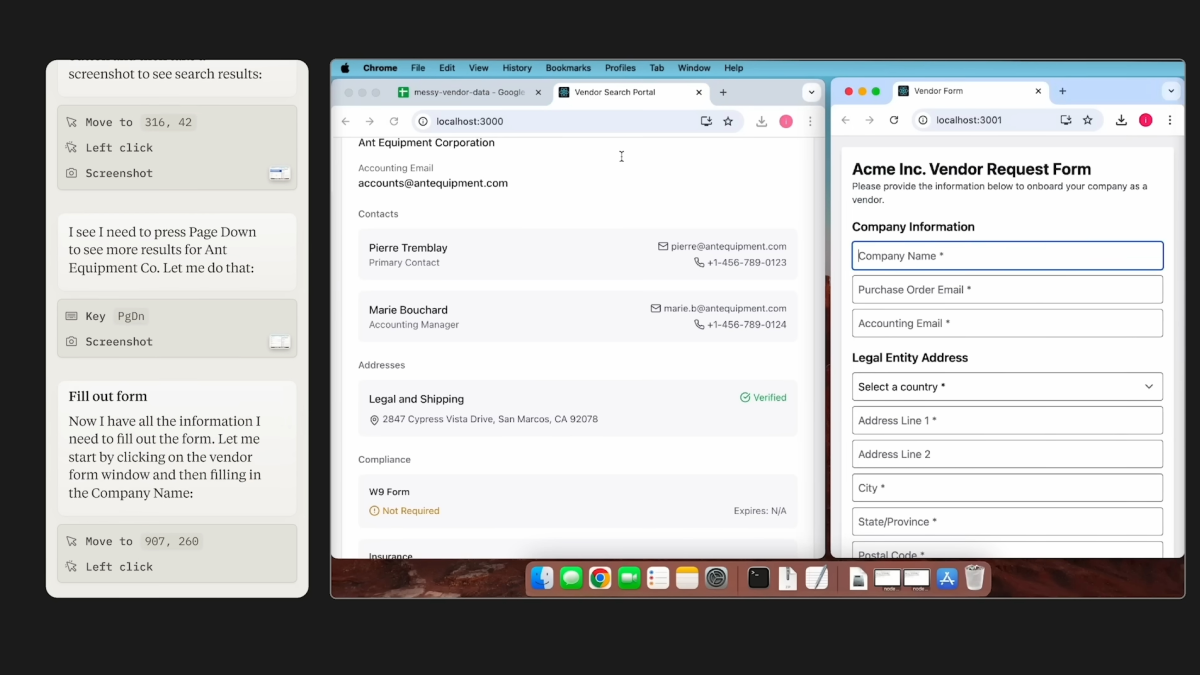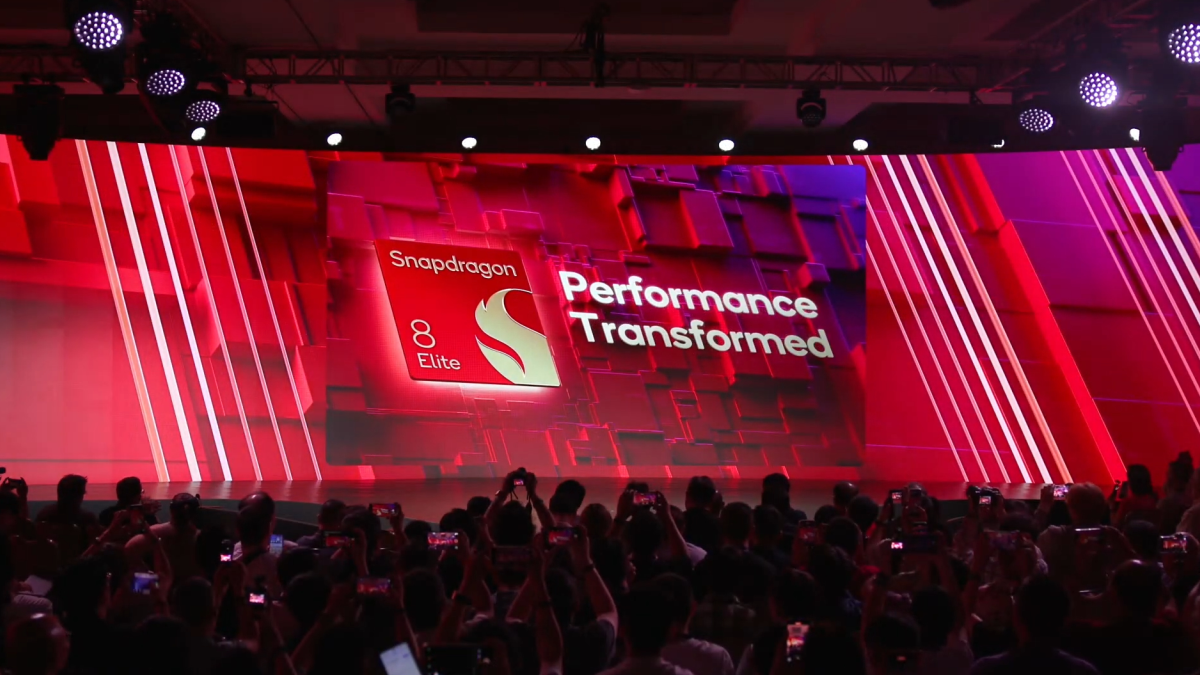Microsoft explains the rationale behind Azure Stack integrated systems
2 min. read
Published on
Read our disclosure page to find out how can you help MSPoweruser sustain the editorial team Read more

Back in January, Microsoft announced its first Technical Preview of Microsoft Azure Stack to helps organizations deliver Azure services from their own datacenter. Azure and Azure Stack have a standardized architecture, including the same portal, a unified application model, and common DevOps tools. The application model is based on Azure Resource Manager, which enables developers to take the same declarative approach to applications, regardless of whether they run on Azure or Azure Stack.
Last month, Microsoft said that they will prioritize delivering Azure Stack as turnkey integrated systems in the initial general availability (GA) release, combining software, hardware, support and services in one solution. A pre-validated systems approach helps simplify the operational experience for customers and enables a solution that accelerates the delivery of business-critical services. Dell, HPE and Lenovo will work with Microsoft to deliver pre-configured Azure Stack integrated systems so you can deliver Azure services from your datacenter or your customers.
Today, Microsoft said that they have started rolling out Azure Stack Technical Preview 2 (TP2) to some early adopter customers this week. Following their decision to focus on delivering Azure Stack as turnkey integrated systems from select partners, there were many questions from various customers. Microsoft’s Vijay Tewari today provided some insights behind their vision and rationale for integrated systems in the above short video.
The video provides insight into their top engineering design goals, the value of having software tightly connected with specific hardware, and how they ultimately think about lifecycle management of this system. One point worth reemphasizing is the prioritization of integrated systems from Dell, HPE, and Lenovo, as a starting point. As we have done in other cases in the past, we will continue to broaden our support for a diverse hardware ecosystem that allows customer choice and configuration from a certified catalog of solutions.
Learn more about Azure Stack here.









User forum
0 messages